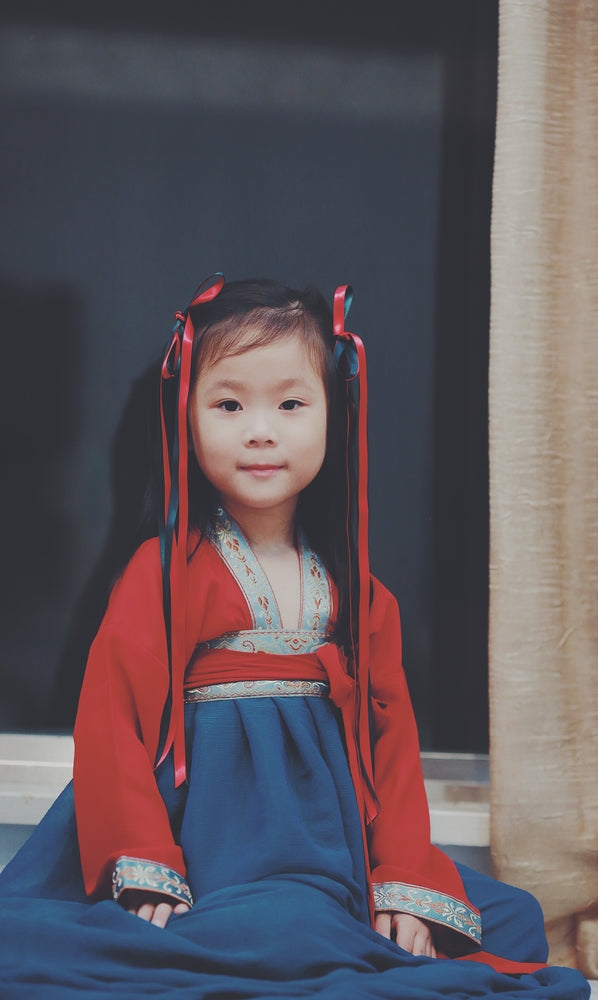
Why I'm not an advocate of these types of photos in Montessori classrooms
Share
In Montessori classrooms it is common to introduce children to continents and countries and to introduce them to feature of the continents, in doing so we are expanding the child's knowledge of the world the child lives in. Learning about a place often looks at plants, places, animals, and people.
One thing that I have noticed is that many countries and continents have inhabitants introduced in a uniform national dress, with one picture that represents the people of a country. The message to the child viewing the picture is 'this is a typical picture of an inhabitant in this place.'
One thing that I have noticed is that many countries and continents have inhabitants introduced in a uniform national dress, with one picture that represents the people of a country. The message to the child viewing the picture is 'this is a typical picture of an inhabitant in this place.'
The problem is that these pictures are not a true portrayal of the typical person you would come across in that country 364 days of the year. For example, it is typical for such pictures of New Zealand to have a Māori child (the indigenous people group of NZ) dressed up in a flax skirt. On any given day during the year, you would be hard-pressed to come across a child or adult dressed like this walking down the street except if they are performing at a cultural concert.
The presenting of stereotypical images is known as cultural essentialism. I get that people want to show children about different cultures but usually, this is done in simplistic terms that avoid nuance. People desperately want to show the difference that they show images that imply universality.
As Paul Gorski writes, this type of education has adverse effects "The practice of essentialism attributes stereotypical characteristics to large swaths of people based solely on a single identity dimension such as gender, race, or class....essentialism lends itself to deficit thinking because it encourages us to look for the source of problems, such as the disproportionate dropout rate of low-income students, in stereotyped understanding of the "cultures" of those students." Case in point some Montessorians have captions to accompany pictures such as "People from Vanuatu live in tribes." Do all of them really? I wonder whether you would like me to do the same for you based on where you live?
.
If Montessori is about creating respectful peaceful global citizens we need to move past one-dimensional figures that show homogenous stereotypes of a country or people group. In many Montessori "Europe" studies materials I have seen pictures of only white children. Europe though has a multi-cultural diverse population of people of all colours. Why are these not in the Europe materials? If there are only pictures of white people in the Europe materials the message is reinforced that white people are normal in Europe and everyone else is not. If the Pacific Island/Oceania study is a picture of people in grass skirts and in lei what does this communicate? If the lasting memory and impression I give to my student is Pasifika people in grass skirts and not about Pasifika and the ocean, navigating by the stars, rich oral traditions, and colonialisation am I making my own culture seem more sophisticated and the other "exotic" and a novelty?
.
The other thing that comes to mind is whether our equipment is reflecting the image of the actual children in our classrooms. For example, the Japanese child in my class might very rarely wear a Kimono. If the only portrayal of Japanese people is a child dressed in a Kimono the picture is not likely to truly reflect her everyday life or the rich culture that she does have. What message does that send her? Is she only really Japanese if she wears the kimono?
I think the solution to this challenge is reasonably easy. We can find pictures from the internet of people from the country or continents and ensure they are pictures that accurately display the everyday reality of that country. By doing so we will help our children learn that the vast majority of countries have a diversity of people and that this is typical and normal! Additionally, if we do have pictures of children in a specific national dress we need to make it clear to the children that this is one type of clothing some people may wear in that country on some days. Pictures of national dress should not be the focal point of our study as they do not accurately show the reality of daily life of a person.
it is also important to think of authentic ways to integrate global majority and indigenous views into our classrooms through anti-bias education that is in the daily curriculum, in other words we can't pull out "culture studies" once a year and give ourselves a pat on the back.
While we are on this topic, may I urge you to get rid of your "Australia" continent box? Read why here.
You can save this article for later by pinning it:

Interested in More Montessori Curriculum resource blog posts? Find them here
You can join my mailing list to get more Montessori resources, notifications of new products and news here